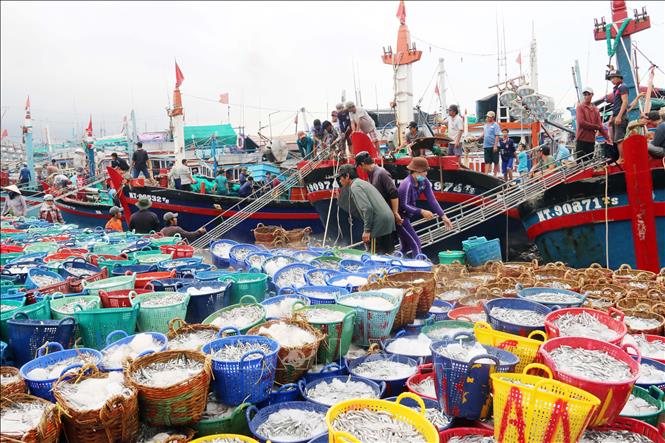
The conference aims to review 3 years (2022-2025 period) of implementing the Plan of the Ministry of Agriculture and Rural Development (now the Ministry of Agriculture and Environment ) to implement Decision No. 911/QD-TTg dated July 29, 2022 of the Prime Minister on the Project on environmental protection in fisheries activities for the period 2021 - 2030, and at the same time discuss orientations and solutions for the period 2026 - 2030 (Project 911).
According to Deputy Minister of Agriculture and Environment Phung Duc Tien, the fisheries industry has become one of the important economic sectors, bringing in large export value, and is one of the five key marine economic sectors in the Vietnam Marine Strategy to 2030. However, the production industry still relies on natural resources and ecosystems.
One problem that has become an existential threat to current fisheries activities is environmental pollution. The fisheries sector is not only strongly affected by pollution but in some cases can also be a source of pollution if not strictly managed and monitored. This affects the quality of resources, ecosystems, fishermen's livelihoods, as well as the competitiveness of Vietnamese fisheries products in the world market.
Strengthening waste control, technological innovation, digital transformation, etc., along with mobilizing the participation of the whole society, will create an important foundation for forming high-quality, high-value Vietnamese seafood products at reasonable costs, both bringing economic efficiency and not causing harm to the environment and natural ecosystems.
Ambassador Extraordinary and Plenipotentiary of Canada to Vietnam James Nickel emphasized that caring for our oceans means caring for our future. Canada is proud to stand side by side with Vietnam in protecting our oceans and supporting ocean-dependent communities. A healthy ocean is the foundation for strong livelihoods and a sustainable, blue ocean economy, ensuring that future generations enjoy rich marine ecosystems and thriving coastal communities.
The Department of Fisheries and Fisheries Surveillance said that, implementing Project 911, the fisheries sector has completed many legal regulations on environmental protection, and issued important technical guidelines on controlling waste sources and collecting plastic waste at fishing vessels and fishing ports. Pollution prevention, management and monitoring of soil, water and sediment environments are organized synchronously with a monitoring network spreading from the central to local levels, serving effectively in management. In addition, the task of conserving and developing aquatic resources is focused on through the formation of national programs and plans until 2030, with a vision to 2050, contributing to the restoration of important ecosystems.
Notably, many businesses have proactively implemented circular economic models and green economies in seafood production, creating momentum to promote sustainable development in the entire industry. According to the Vietnam Association of Seafood Exporters and Producers, some businesses have begun piloting life cycle assessments (LCA) to identify emission “hotspots” - often located in the feed stage (over 50% of total emissions). Most large seafood processing factories for export have installed treatment systems that meet QCVN 11:2015 before discharging.
Businesses also tend to use biological products instead of chemicals in environmental treatment more and more popularly. Most of the discarded packaging is collected and recycled. In particular, the by-product industry (collagen, gelatin, fish oil... from scrap: shrimp heads/shells, fish skin, fish fat...) has become a real industry, contributing hundreds of millions of USD/year, making Vietnam a bright spot in the circular economy in the region.
Together with the Ministry of Agriculture and Environment, ministries and branches such as the Ministry of Science and Technology, the Ministry of Public Security, associations, institutes, non-governmental organizations and enterprises have accompanied in many activities of environmental monitoring, propaganda for fishermen, innovation of production technology and improvement of management mechanisms.
Despite achieving some important results, many tasks of the project have not been implemented as required, including inventory and assessment of aquatic natural capital for sustainable development, as well as guidance, inspection and capacity building for prevention and warning of environmental incidents in the industry. These are contents that need to be prioritized for implementation or adjustment in the coming period.
In practice, environmental protection in the fisheries sector still has many limitations. The investigation and assessment of waste generated has only been partially carried out, not comprehensive enough to accurately determine the level of impact on the environment. Waste treatment systems and equipment, especially on a small scale, have not been properly invested. In addition, climate change, rising sea levels and unusual natural disasters continue to create many challenges. Or financial and human resources for environmental protection are still limited...
At the conference, in order for the project to be effective in the 2026-2030 period, delegates said that the state needs to issue mechanisms and policies to promote and encourage the participation of all parties; expanded responsibility of producers; public-private partnership (PPP) in environmental protection in the fisheries sector; promoting circular economic models, green economy; technology in production, recycling, waste treatment; building capacity to prevent and warn of environmental incidents in the fisheries sector...
Source: https://baotintuc.vn/kinh-te/nganh-thuy-san-doi-moi-cong-nghe-va-quan-ly-de-bao-ve-moi-truong-20251126132418411.htm



![[Photo] Close-up of heavy damage at the school located on the banks of the Ban Thach River](/_next/image?url=https%3A%2F%2Fvphoto.vietnam.vn%2Fthumb%2F1200x675%2Fvietnam%2Fresource%2FIMAGE%2F2025%2F11%2F26%2F1764152130492_ndo_bl_img-8188-8805-jpg.webp&w=3840&q=75)


![[Photo] VinUni students' emotions are sublimated with "Homeland in the Heart: The Concert Film"](/_next/image?url=https%3A%2F%2Fvphoto.vietnam.vn%2Fthumb%2F1200x675%2Fvietnam%2Fresource%2FIMAGE%2F2025%2F11%2F26%2F1764174931822_10-3878-jpg.webp&w=3840&q=75)

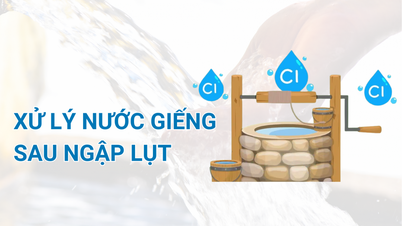



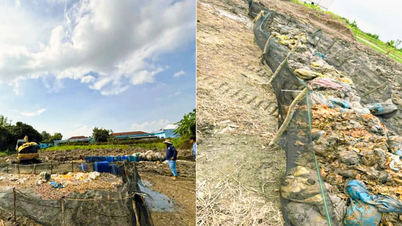

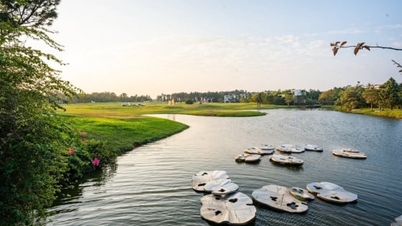



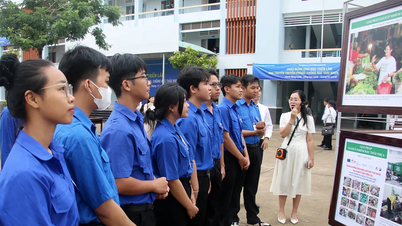
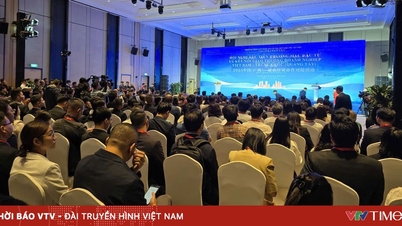

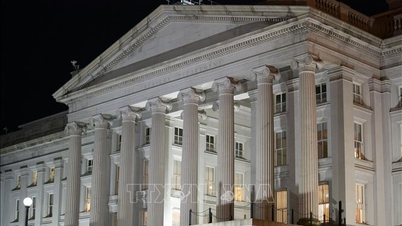
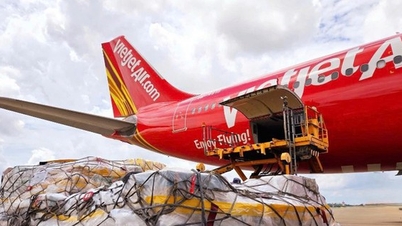

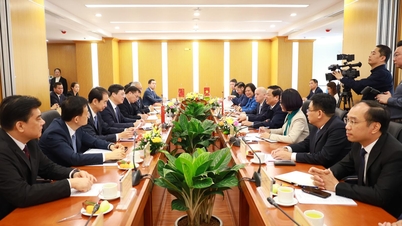

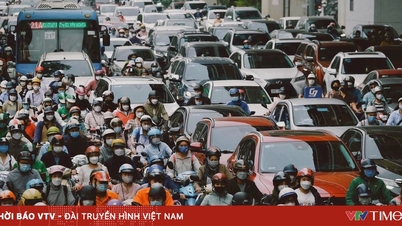




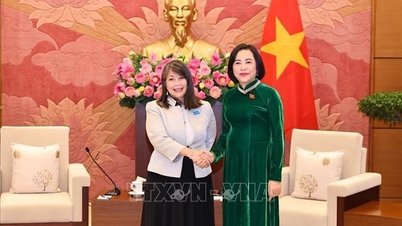

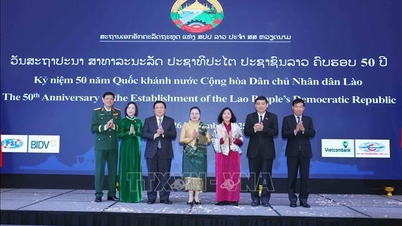


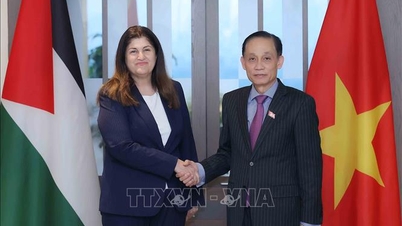





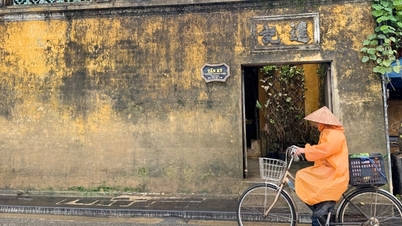



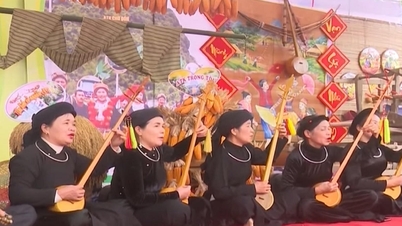

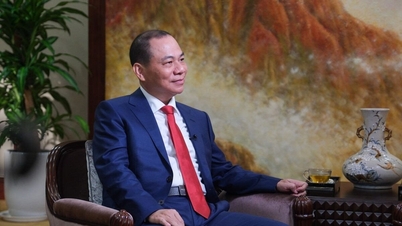




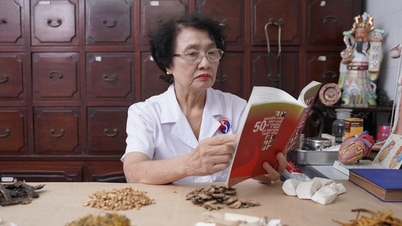

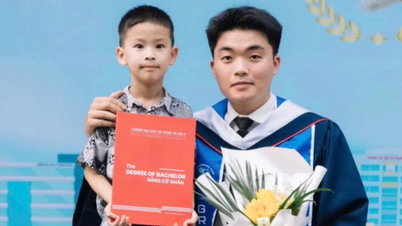

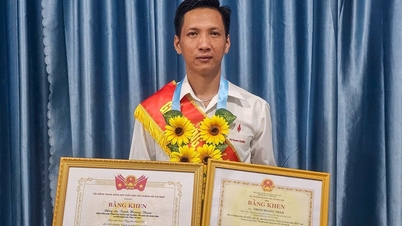





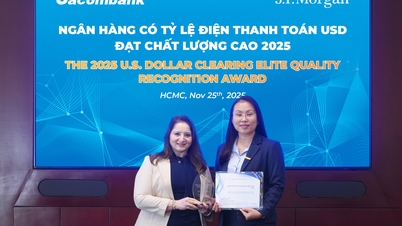

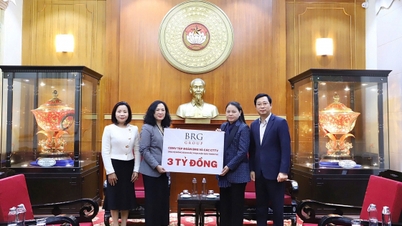







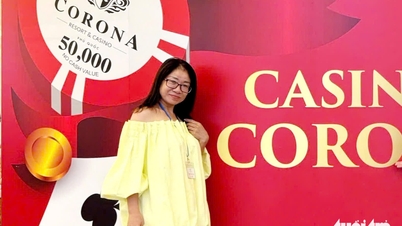



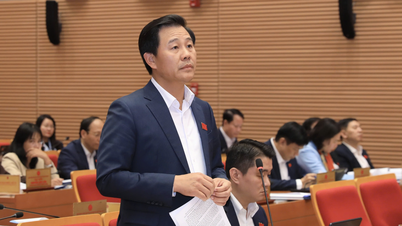
![[Photo] Opening of the 28th Session of the Hanoi People's Council](https://vphoto.vietnam.vn/thumb/402x226/vietnam/resource/IMAGE/2025/11/26/1764155991133_image.jpeg)



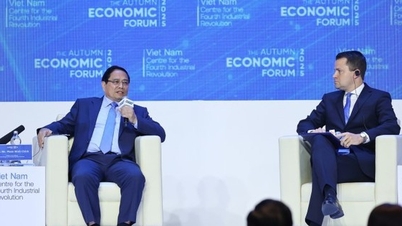



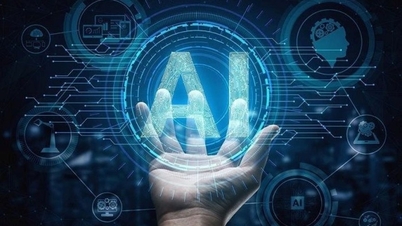



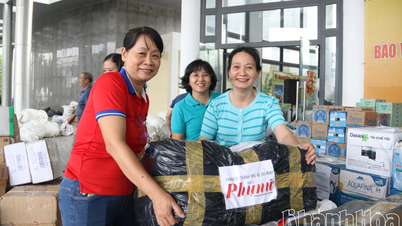



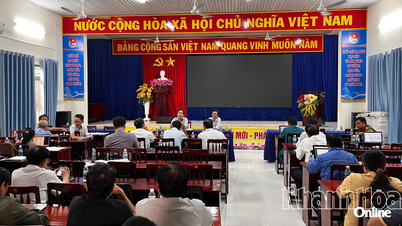
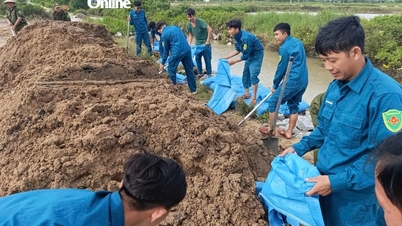














Comment (0)